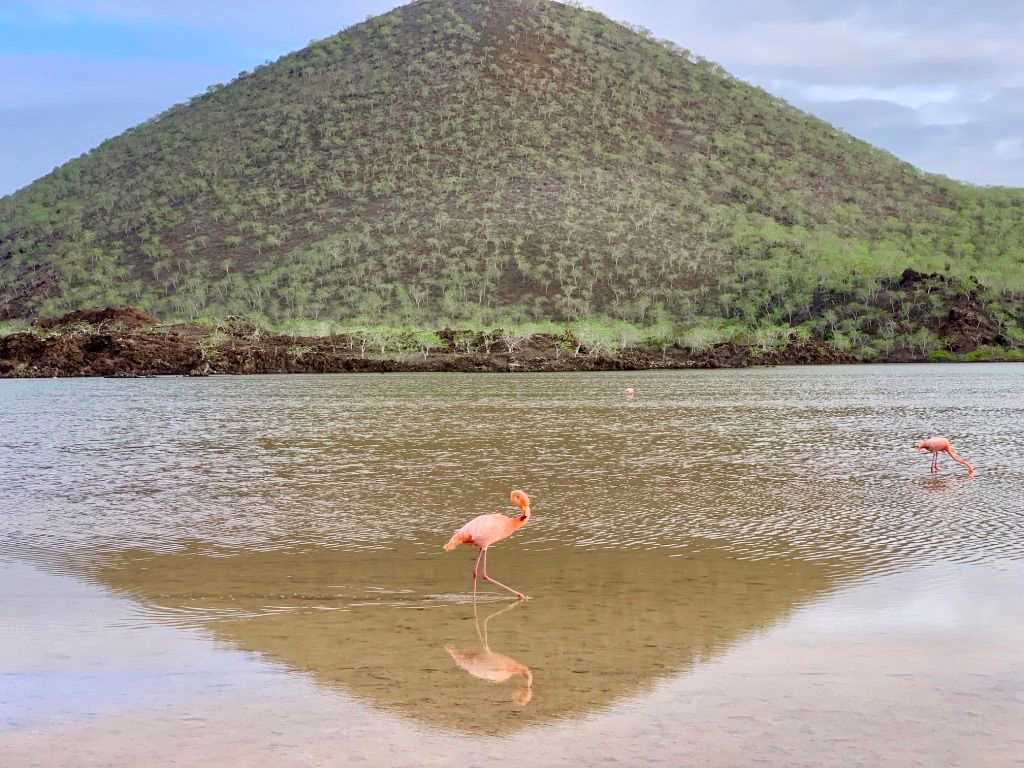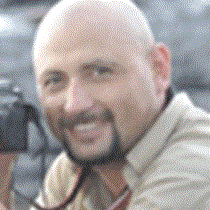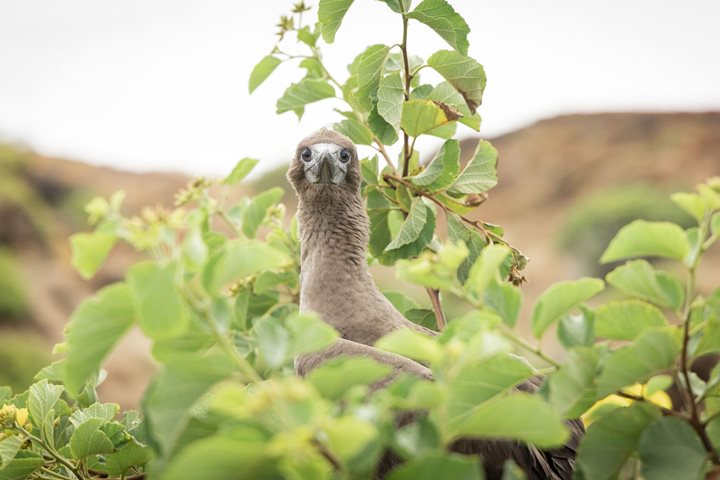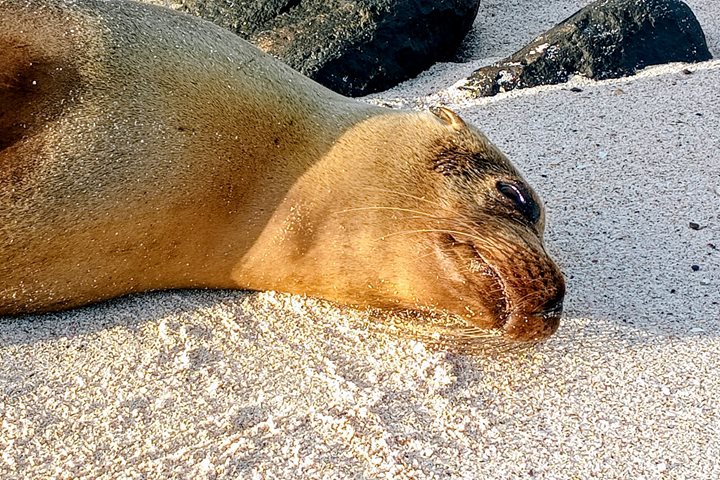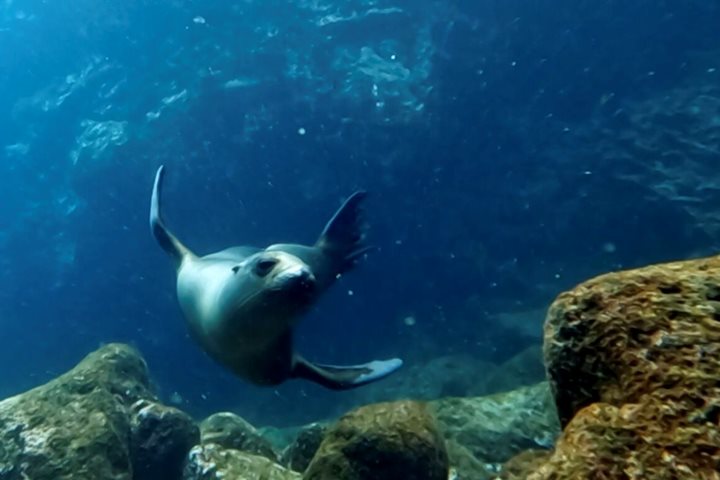Floreana Island was the first island colonized by Ecuadorian people. The island was severely impacted by the many domestic animals that ran wild after colonization.
Almost a century later, the Galapagos National Park is working with a restoration program. The program has been a success; its impact is easy to see at first glimpse. It is almost impossible to believe that this island was impacted and then fully restored in a record period of time. After witnessing so many amazing sights, National Geographic Islander guests could really appreciate the big changes that took place on the island. We encountered blue-footed boobies, Galapagos sea lions, Galapagos flamingos, and many endemic plants. Guests also enjoyed the most amazing snorkeling experience in the Galapagos.

